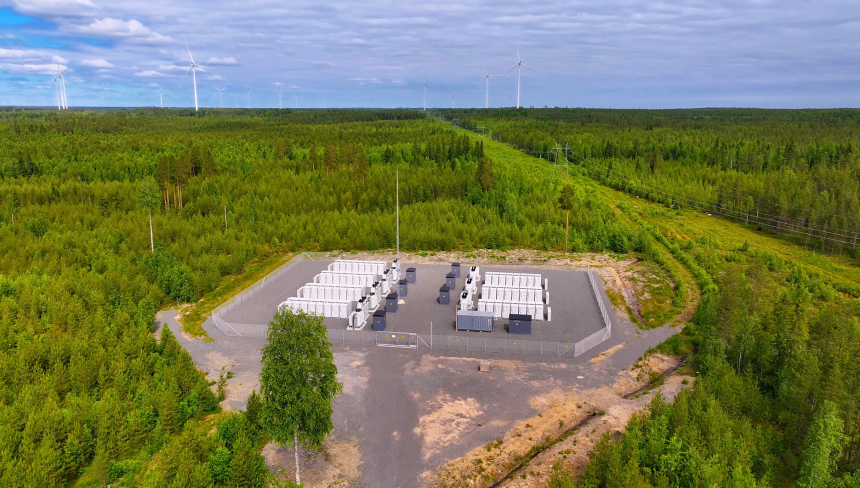A similar change already took place in the intraday markets in March, when imbalance pricing moved to 15-minute resolution. For Ilmatar’s Trading team, this has meant preparing for a fourfold increase in trading intervals and adopting a new trading tool.
The change, driven by EU regulation, aims to harmonize European trading rules and update the electricity market model to reflect today’s generation structure, which is increasingly based on renewable energy sources.
Since renewable generation from weather-dependent sources – wind and solar – is highly variable, the shift to a 15-minute imbalance settlement period helps facilitate and improve the balancing of electricity production and consumption.
“The quarter-hour settlement period provides the foundation for electricity markets to transition into 15-minute intervals. Fingrid and other transmission system operators balance the system in real time, but the 15-minute price signals also guide market participants to keep their own production and consumption in balance more precisely and efficiently,” says Miika Tuovinen, Head of Physical Trading.
As part of the solution for flexible production, energy storage is taking on an increasingly central role in the markets.
“There is a strong need for flexibility on both the production and consumption side of the system. Energy storage is part of the solution, and its market potential naturally increases along with the fourfold growth in trading intervals,” Tuovinen adds.
Ilmatar is among the first – and still one of the few – independent power producers (IPPs) in the Nordic renewable energy sector with its own in-house trading function and 24/7 control room. The Ilmatar trading team is also responsible for developing trading operations.
“The transition to 15-minute trading and settlement intervals created a need to automate processes and develop tools to make profitable trading and effective balance management possible. Even before establishing our 24/7 control room, Ilmatar had already begun developing its physical trading processes to meet these market changes,” Tuovinen says.
Although the pace of power trading has already tightened and forecasting accuracy requirements are increasing, Tuovinen has confidence in his team’s strong expertise and close collaboration.
“Identifying and correcting imbalance errors within near-quarter-hour intervals makes trading more precise and requires even better tools and processes. On the other hand, I see that Ilmatar has excellent prerequisites to respond to this change, as our active trading is backed by strong expertise in renewable energy markets.”




